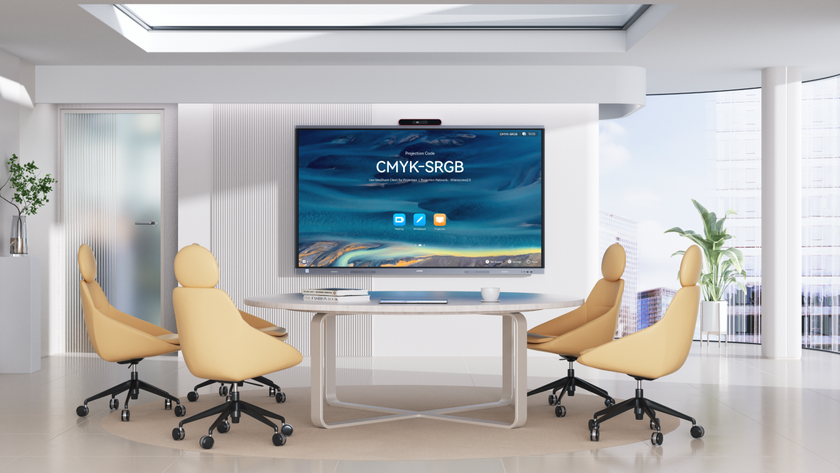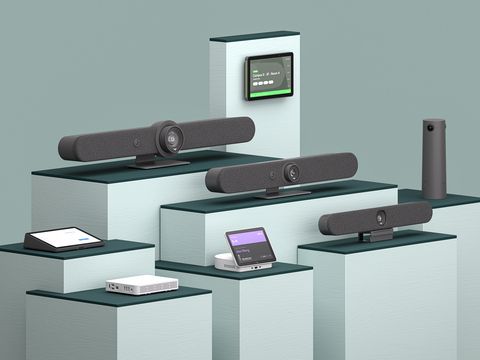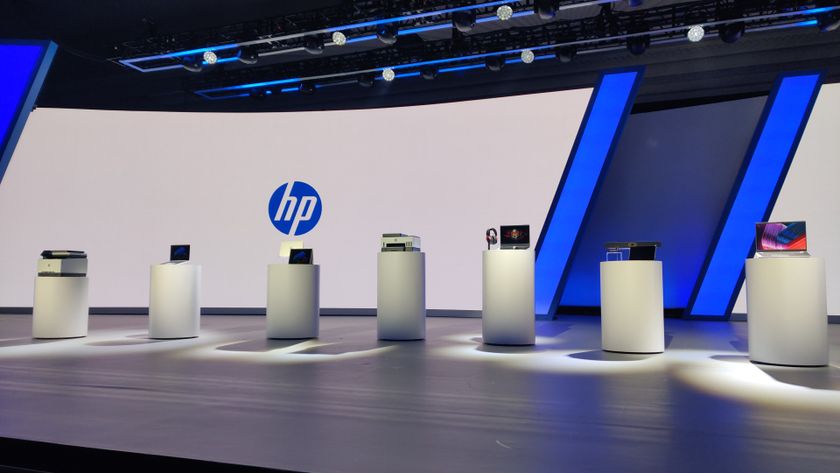BYOD bugbears? Some simple solutions for the channel
Spencer Bradshaw discusses BYOD and how the channel can make the most of the opportunity

Technological innovations within the last decade have revolved around simplicity and accessibility, which has created a new generation of tech savvy employees; mastery of computer devices is no longer a guarded secret amongst IT staff, and has changed the way we communicate for good. In today’s hyper-connected society, being mobile brings great business value to the end users, and is therefore a great opportunity for the channel.
With 70 percent of mobile professionals likely to conduct their work on personal smart devices by 2018 (source: Gartner), more and more enterprises are encouraging a ‘bring your own device’ (BYOD) policy. Employees can use their smartphones and tablets, whether company- or personally-owned, from any location and on any network — and still get a full suite of mobile unified communications (UC) tools.
But before unleashing the power of BYOD, it’s essential to understand and address any risks. The channel needs to be fully prepared to act as a trusted adviser to their customers, anticipating any challenges that accompany a BYOD policy and soothing any worries their customers might have. Here are a few good pieces of advice that should be front of mind when reselling:
Implement a passcode policy
Strong passcodes should be an obligatory part of any policy, as should antivirus protection. You should also encrypt any data that is stored on the mobile devices, as well as data that is transmitted over the wireless or cellular network. If the device is lost or stolen and someone does manage to break the password, then encryption will be welcome protection.
Consider MDM software
Mobile Device Management (MDM) software can also enable an employer to manage their employees’ mobile devices and offers the ability to remotely lock or wipe lost mobile devices. An MDM solution makes it easier to manage large numbers of mobile devices, since they typically allow applications, data, and configurations to be distributed over the air.
Channel Pro Newsletter
Stay up to date with the latest Channel industry news and analysis with our twice-weekly newsletter
Keep compliance requirements in mind
Employees’ smartphones and tablets, whether company-owned or personally-owned, may contain sensitive information such as emails, documents and customer names, as well as access information stored in a public or private cloud. It’s critical to understand the organisation’s requirements for data protection, especially in regulated environments where there may be compliance requirements.
Avoid dodgy applications
Another buzzword that is doing the rounds is BYOA (bring your own application) – that those who bring their own device will also want to kit it out with their applications of choice. However, bad application management can be the downfall of any BYOD policy. There is no guarantee that any app, even those from app stores, has been vetted for inappropriate content or malware. Employers, therefore, should always be vigilant about what gets loaded onto a device that contains important content.
Plan for the future
Many enterprises are now opting for corporately-owned, personally-enabled (COPE) devices for their employees, which means they will have a greater degree of control over the device chosen for work. According to analyst firm IDC, tablet shipments in Europe will reach 11m by 2019 – but while tablets are in vogue today, the recent release of the Apple Watch has left many wondering if the future workplace will revolve around the wrist. It’s too early to say yet whether smart watches will be popular, but the fact remains that enterprises need to be flexible and ready for change to keep their businesses at the cutting edge of the constantly evolving mobile workplace.
“Cool” isn’t always good for business
Consumer technology products, such as the iPad, are feted for their ease of use. Ubiquity and trendiness are also seen to be very important – but these things should not be factors in the buying of a work device. There’s no point in getting an iPhone because it “looks cool” if it doesn’t function in the way it needs to in your daily working life. This means that enterprises need to clearly set out a policy for individual job roles that ensures the right kind of device is chosen, no matter the brand or what’s in style.
Check the tariffs
Price is, of course, a major factor in any tariff decision, but there are hidden expenses factored into mobile devices that no-one may have anticipated – for example, international roaming. A top tip here is to ensure each member of staff has their mobility needs assessed on an individual basis before being inducted into a company’s BYOD policy.
Think carefully about your workers’ needs
Finally, enterprises must take into consideration what percentage of the workforce are fixed and what percentage are mobile – and also predict how this is likely to change over the next five years. This means they can factor in a suitable level of connectivity for each individual rather than enforce a blanket policy, which is more likely to leave everyone unsatisfied.
Spencer Bradshaw is manager of advanced applications and solution architects at ShoreTel EMEA













Huawei's Intelligent Collaboration solution is shaping the future of video conferencing

Get closer to your customers with 3CX








